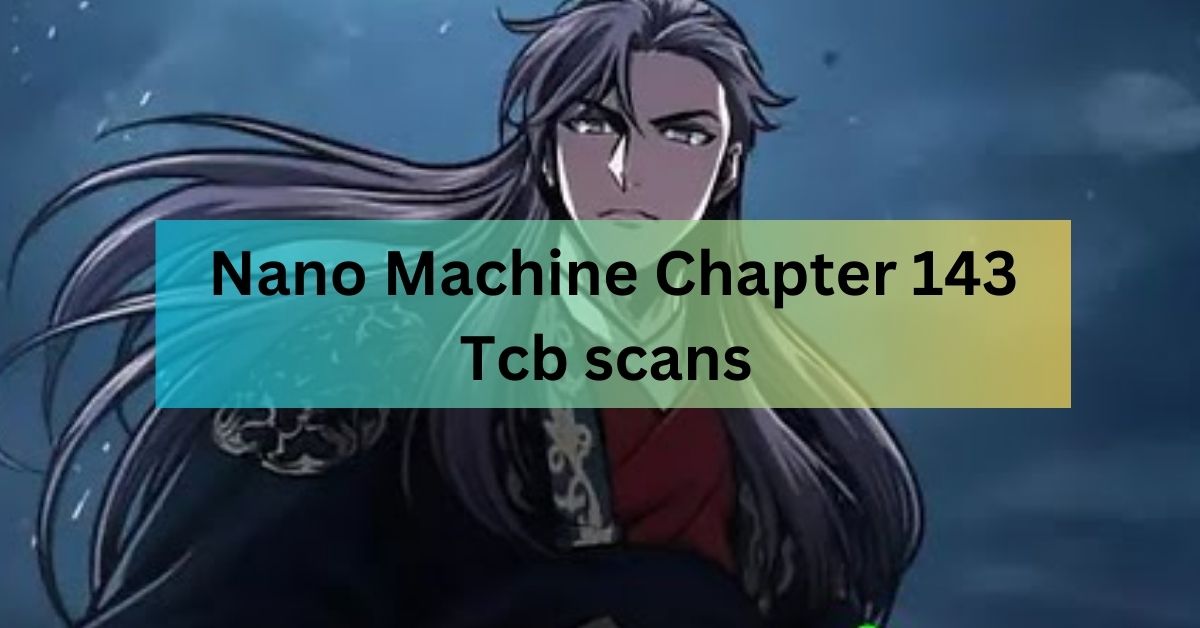Nano Machines Chapter 143 TCB Scans!
In the realm of science fiction and technological innovation, the concept of nano machines has captivated minds for decades. Imagine machines so small that they can operate at the molecular level, performing tasks with unparalleled precision and efficiency.
This intriguing topic takes a new twist in Chapter 143 of the exhilarating saga “TCB Scans,” where we delve into the world of nano machines and explore their pivotal role in this thrilling narrative.
Nano Machines – The Tiny Titans of Technology:
Nano machines, often referred to as nanobots or nanorobots, are miniature devices with dimensions ranging from one to a few hundred nanometers. To put this into perspective, a nanometer is one billionth of a meter, making these machines nearly invisible to the naked eye.
Despite their minuscule size, nano machines possess immense potential to revolutionize various fields, including medicine, electronics, environmental monitoring, and more. In the context of “TCB Scans,” nano machines emerge as a central plot element, showcasing their extraordinary capabilities.
These microscopic marvels are depicted as versatile tools, capable of performing intricate tasks on a scale previously thought impossible. Their portrayal exemplifies the convergence of science and imagination, pushing the boundaries of what technology could achieve.
The Dance of Molecules – Nano Machines in Action:
Chapter 143 of “TCB Scans” masterfully illustrates the functionality of nano machines through vivid storytelling.
As the protagonists navigate a high-stakes mission, they encounter a situation where conventional tools fall short. It is here that nano machines step onto the stage, their tiny forms buzzing with activity.
The author’s meticulous attention to detail paints a mesmerizing picture of nano machines at work. These microscopic agents maneuver through the intricate dance of molecules, manipulating bonds and structures with astonishing precision.
The narrative encapsulates the essence of nanotechnology, portraying a seamless fusion of biology and engineering. From targeted drug delivery within the human body to the reparation of delicate electronic components, the nano machines in “TCB Scans” exemplify the vast potential of this burgeoning field.
As readers are drawn into the world where science meets fiction, they gain a deeper appreciation for the transformative power of nano machines.
Read Also:
- Devil Returns to School Days: Unveiling Chapter 10 – TCB Scans!
- Hunter x Hunter TCB Scans – A Comprehensive Review!
Ethical Dilemmas And Societal Implications:
As with any groundbreaking technology, the introduction of nano machines in “TCB Scans” raises thought-provoking ethical questions. The blurring line between man-made machines and living organisms sparks discussions about the boundaries of human intervention.
Should nano machines be allowed to alter the fundamental building blocks of life? How might their unbridled use affect ecological balance?
These questions parallel real-world debates surrounding the ethical implications of nanotechnology. As scientists continue to make strides in this field, society grapples with the responsibility of harnessing its potential while mitigating unforeseen consequences.
“TCB Scans” artfully integrates these concerns into its narrative, prompting readers to reflect on the ethical dilemmas that accompany technological advancement.
Conclusion:
Chapter 143 of “TCB Scans” takes readers on a captivating journey into the world of nano machines, seamlessly weaving together scientific marvels and imaginative storytelling.
Through its intricate portrayal of these microscopic wonders, the narrative inspires contemplation on the limitless possibilities and ethical challenges presented by nanotechnology.
As we eagerly await future installments of “TCB Scans,” one thing is certain: the fusion of science and fiction will continue to push the boundaries of our imagination, inviting us to explore the uncharted realms of nano machines and their role in shaping our future.
Frequently Asked Questions:
1. What are nano machines, and how do they work?
Nano machines, also known as nanobots or nanorobots, are tiny devices designed to operate at the molecular or atomic scale. They can perform a wide range of tasks, from medical applications like targeted drug delivery to repairing intricate electronic components.
In the context of “TCB Scans,” nano machines are depicted as versatile tools that manipulate molecules and structures with incredible precision.
2. How are nano machines portrayed in “TCB Scans”?
In Chapter 143 of “TCB Scans,” nano machines play a central role in the storyline. They are depicted as microscopic agents capable of performing complex tasks that conventional tools cannot accomplish.
The narrative showcases their ability to navigate the molecular world and execute tasks that have a profound impact on the characters’ mission.
3. What is the significance of nano machines in the narrative?
Nano machines in “TCB Scans” symbolize the convergence of cutting-edge technology and imaginative storytelling. They introduce a sense of wonder and potential, pushing the boundaries of what is currently possible.
The characters’ interactions with nano machines highlight the transformative power of nanotechnology and its implications for the story’s universe.
4. How does the portrayal of nano machines in “TCB Scans” reflect real-world nanotechnology?
While “TCB Scans” takes creative liberties with the capabilities of nano machines, it draws inspiration from real-world advancements in nanotechnology. Just as in the narrative, real-world nano machines have the potential to revolutionize medicine, electronics, and various other fields by operating at the nanoscale.
5. What ethical dilemmas are raised by the use of nano machines in the story?
The narrative explores ethical questions about the role of nano machines in altering the natural order of life and ecosystems.
These questions parallel real-world debates about the responsible use of nanotechnology and the potential consequences of manipulating the fundamental elements of life and nature.

